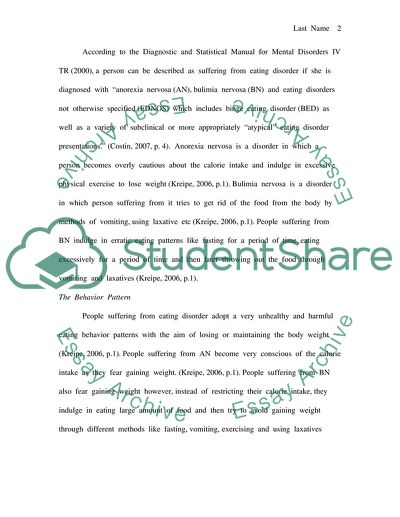Cite this document
(Eating Disorder as a Result of Distorted Idea of Social Image Research Paper, n.d.)
Eating Disorder as a Result of Distorted Idea of Social Image Research Paper. Retrieved from https://studentshare.org/health-sciences-medicine/1733375-psychological-disorders
Eating Disorder as a Result of Distorted Idea of Social Image Research Paper. Retrieved from https://studentshare.org/health-sciences-medicine/1733375-psychological-disorders
(Eating Disorder As a Result of Distorted Idea of Social Image Research Paper)
Eating Disorder As a Result of Distorted Idea of Social Image Research Paper. https://studentshare.org/health-sciences-medicine/1733375-psychological-disorders.
Eating Disorder As a Result of Distorted Idea of Social Image Research Paper. https://studentshare.org/health-sciences-medicine/1733375-psychological-disorders.
“Eating Disorder As a Result of Distorted Idea of Social Image Research Paper”, n.d. https://studentshare.org/health-sciences-medicine/1733375-psychological-disorders.


